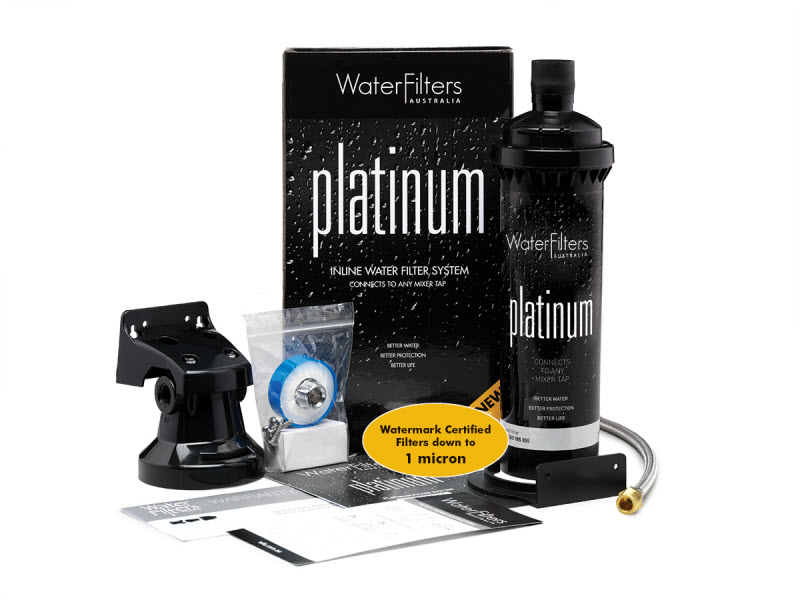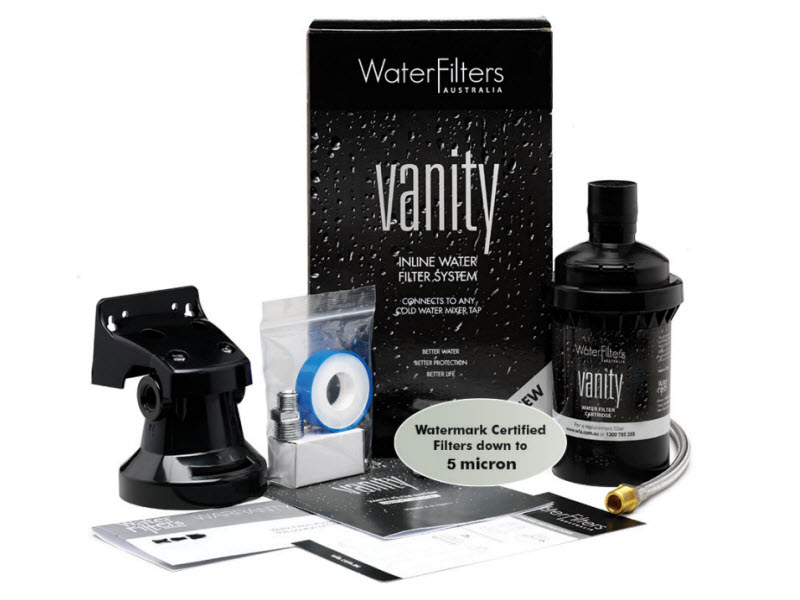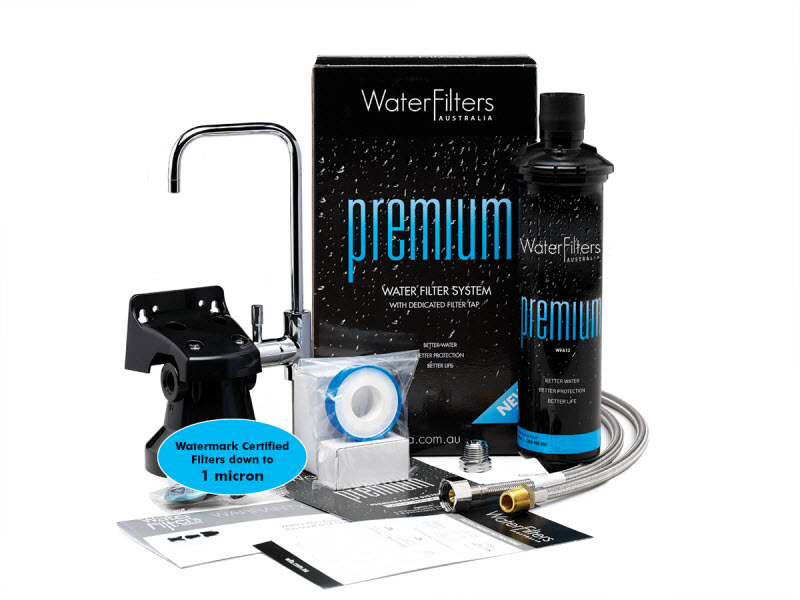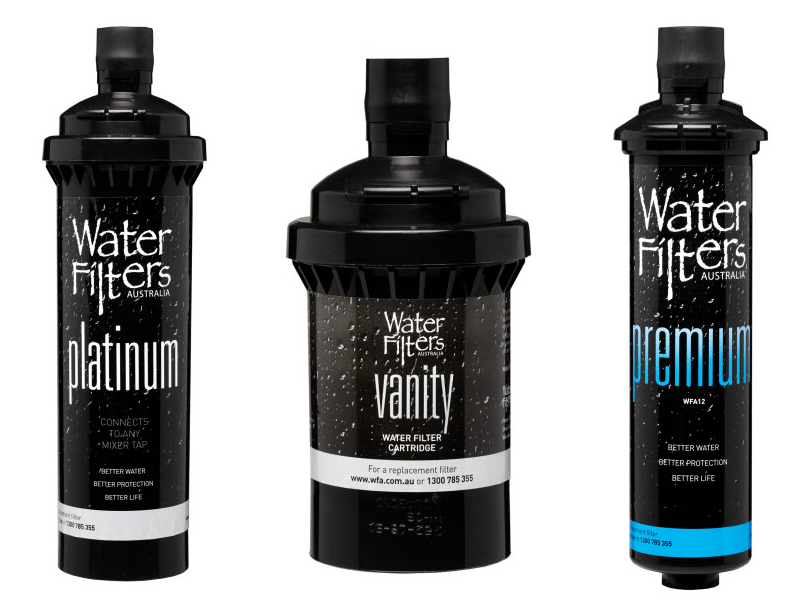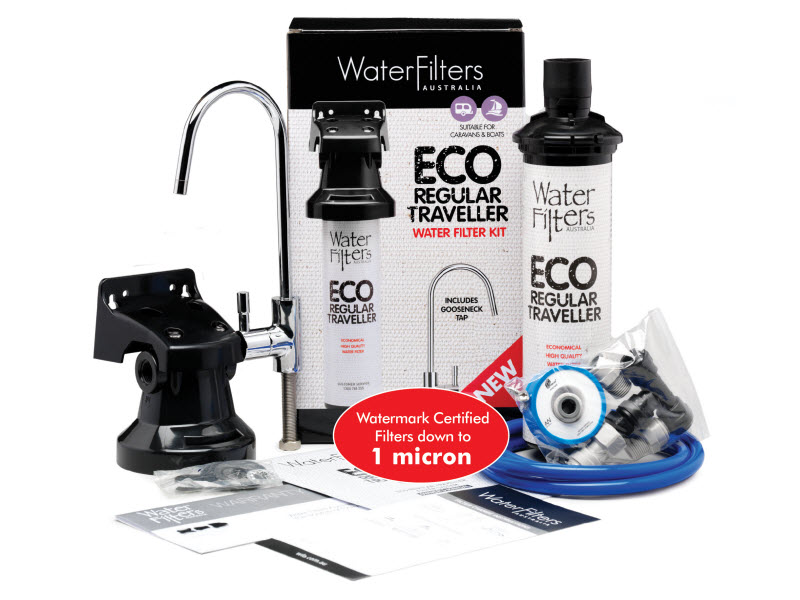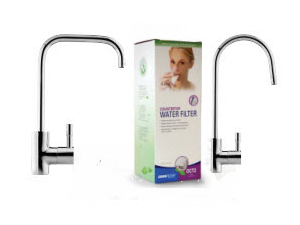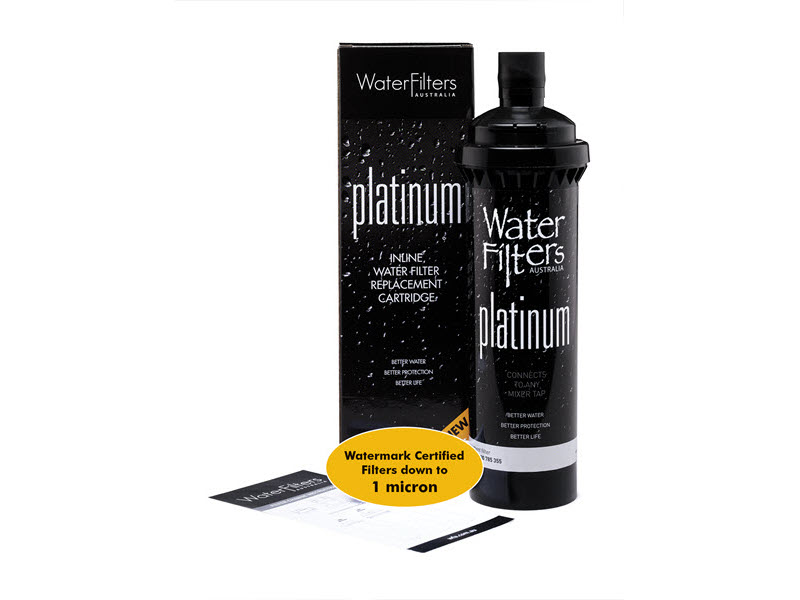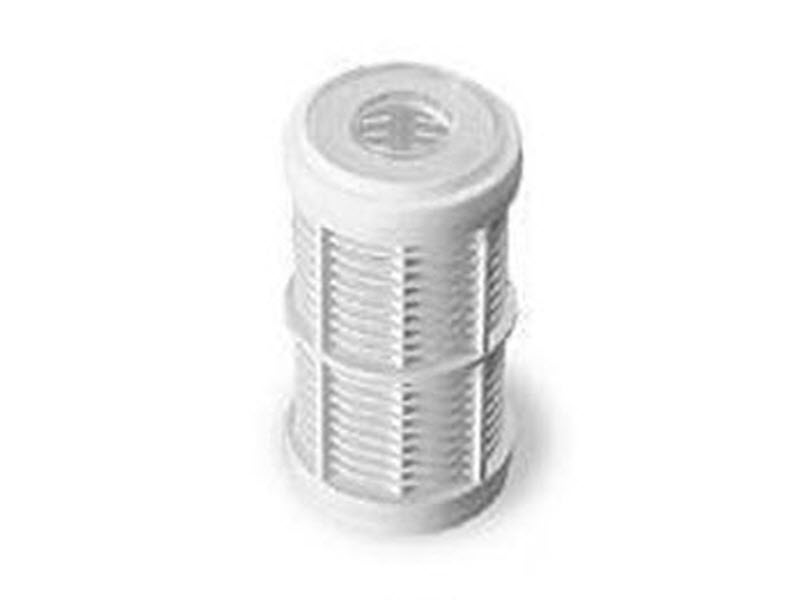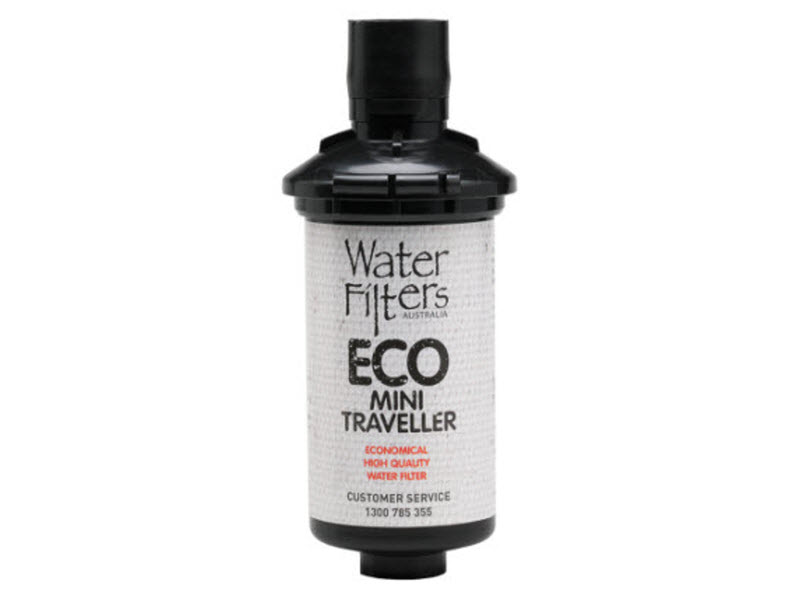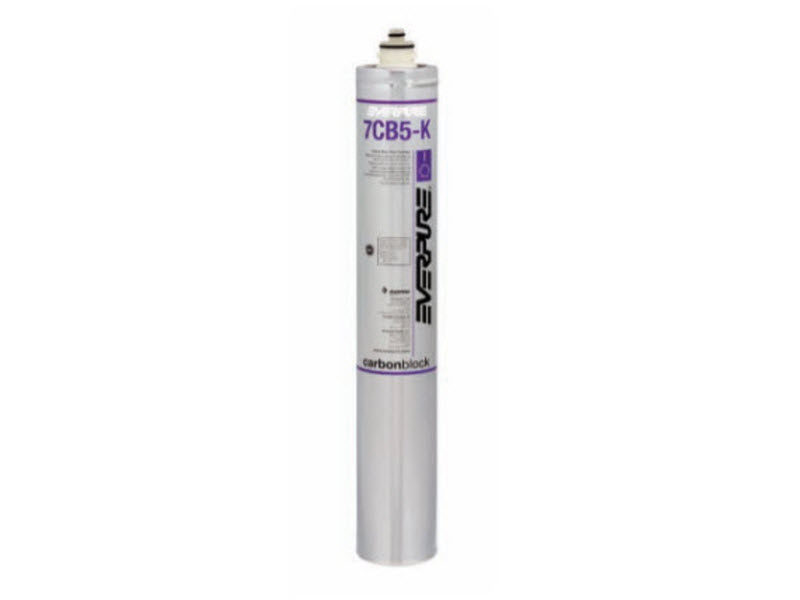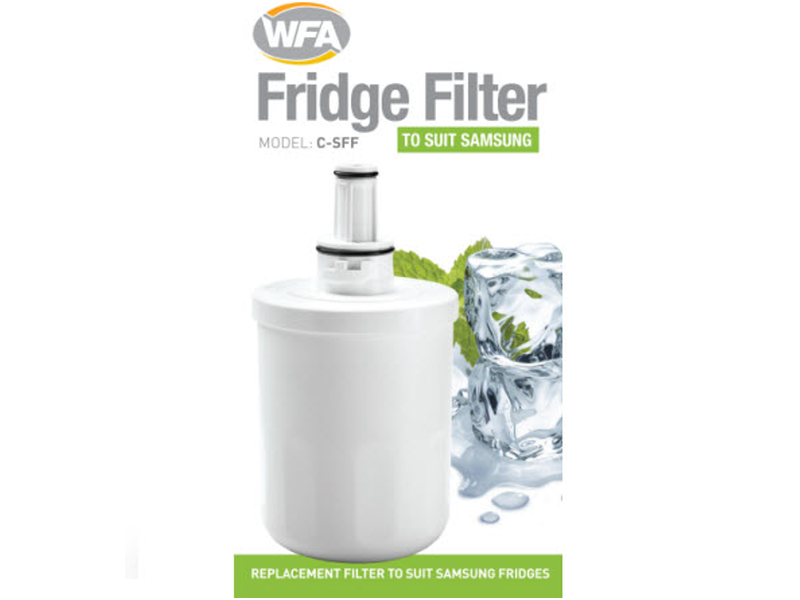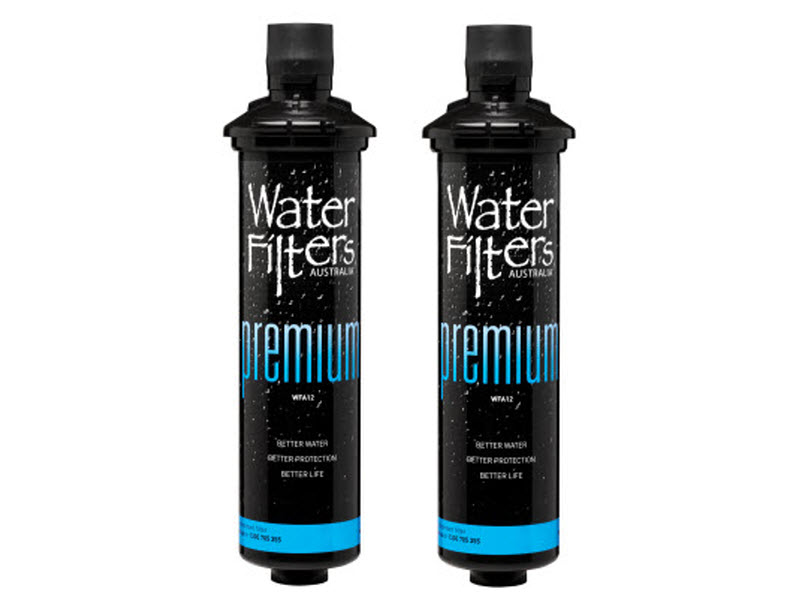How to get your kids to drink water
Summer is here. In Australia it’s all about extended days at the beach, playing backyard cricket or special picnics in the park. And for most of us with young children it means plenty of fun in the sun.
But once the temperatures rise and those hot days and steamy nights kick in, drinking enough water and especially filtered water is even more important, particularly for the little ones in our lives.
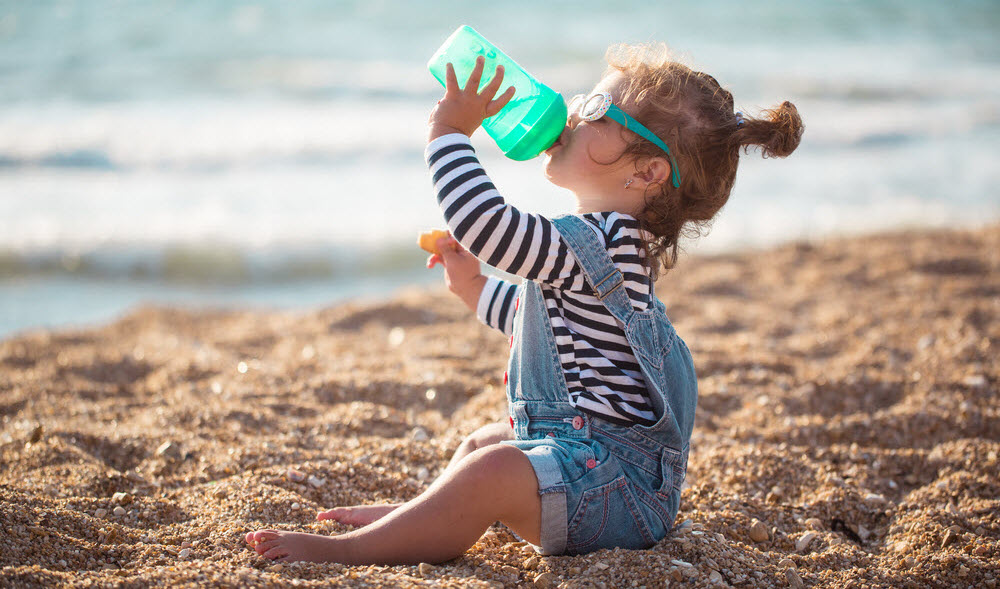
Kids often simply forget to drink. You may have bought them a new, colourful water bottle but they get distracted easily with a good game or toy and forget to drink water.
Or they often don’t like the taste of tap water and prefer to wait for a sugary drink.
Also, children can quickly dehydrate because by the time they tell you they are thirsty, their body is already dehydrated.
Make sure you are aware of these common signs of dehydration, especially during the summer months.
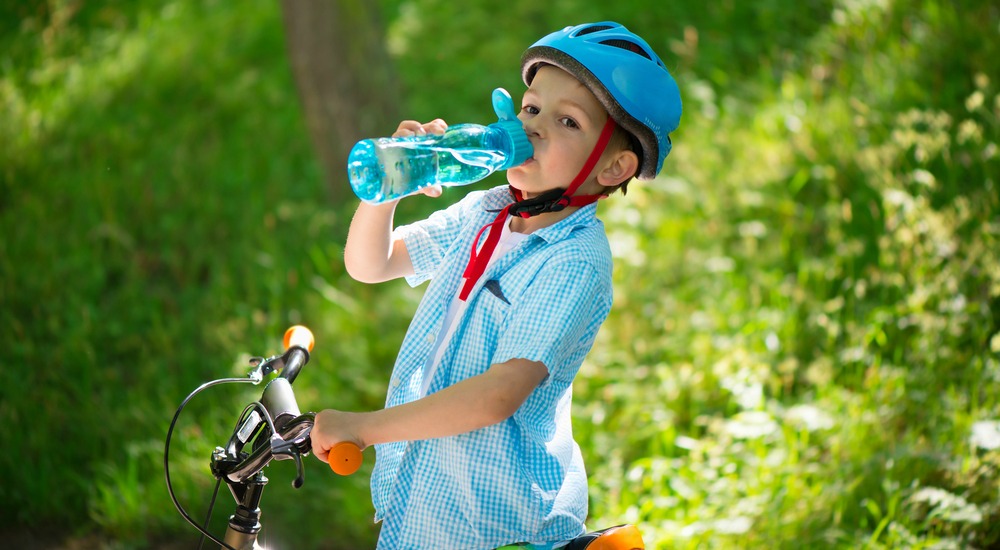
So how much water should my child drink?
According to the NSW government Healthy Kids initiative the recommended daily amount of fluids is:
- 5 glasses (1 litre) for 5 to 8 year olds
- 7 glasses (1.5 litres) for 9 to 12 year olds
- 8 to 10 glasses (2 litres) for 13+ years
They advise that children should drink more if it’s a hot day or if they are playing sport.
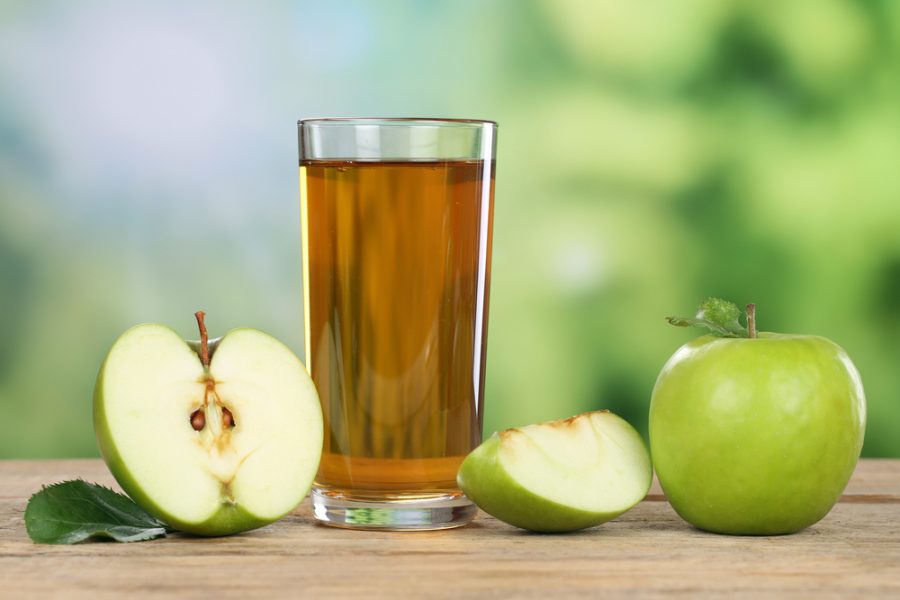
Why it’s important to choose water as a drink?
There are plenty of other drinks out there advertising to young children, like fruit juices, soft drinks, sports drinks and cordial. Parents often mistake fruit juice as a healthy option but juice is surprisingly high in sugar.
To give you an example, a 250ml cup of apple juice contains up to six teaspoons of sugar.
A recent Australian study found an alarming link between obesity and children who drank fruit juice and cordial.
“Australian researchers found that children aged between 4 and 12 years who drank 500ml or more of fruit juice or cordial per day were twice as likely to be overweight or obese as children who consumed none.” Source – Healthy Kids NSW Government
We’ve put together a few helpful tips to encourage your child to drink water, even better if it’s filtered water.
Ten Ways to Get your Children to Drink More Water
- Choose a special water bottle or favourite cup for their filtered water
- Give them a special straw, invest in a metal one to stop single use plastic
- Add frozen fruit to a glass of water – this will infuse and add a touch of natural sweet flavour to a glass of water
- Encourage children to fill their own water bottles (if old enough) from your fast-flowing inline water filter
- Freeze water in a freezable water bottle for hot days.
- Set up a reward system for your child for drinking a glass of water. Perhaps award a special sticker or a special treat for an empty water bottle or glass.
- Be a good example/role model so your child sees you drinking enough water throughout the day.
- Choose water when you are out at a cafe or restaurant. Make water the first and only option so it becomes a healthy habit.
- Take a reusable water bottle with you when you go out on a trip. Fill it from your home water filter system so that you don’t have to buy plastic bottles or fruit juice when you are out and about.
- Make sure your tap water tastes good and you have fresh filtered water available 24/7.
It’s simple to do. You just need to buy a good quality home water filter system!
Read more about fun filtered water activities for kids.
Buy Water Filter Systems
& Water Filters Online
News & Articles
What’s the Difference Between Boiled and Filtered Water?
Boiling is one of the oldest methods of making water safe, and for good reason. It quickly kills most bacteria, viruses and parasites that can be present in a supply. But boiling isn’t the only way people protect their water, and it certainly isn’t the same as filtering. The difference between the two is often misunderstood, and it’s bigger than it first appears.
Spring reset: Why filtered water should be part of your detox
Spring feels like the right time for a reset, which is why detox routines often make their way back into focus. While your efforts might centre on digestion, energy and general wellbeing, what you choose to drink plays a bigger role than you might think. Using filtered water gives your body the cleanest foundation to work from and the best chance of making those efforts count.
This is how often you should change your inline water filter cartridge
What you can’t see in your kitchen often does more work than what’s visible. No, we’re not talking about the fridge’s compressor, but the inline water filter tucked beneath the sink. It connects to your existing supply and uses a replaceable cartridge to clean water as it flows. A common question when considering one is how often the cartridge needs to be changed.



